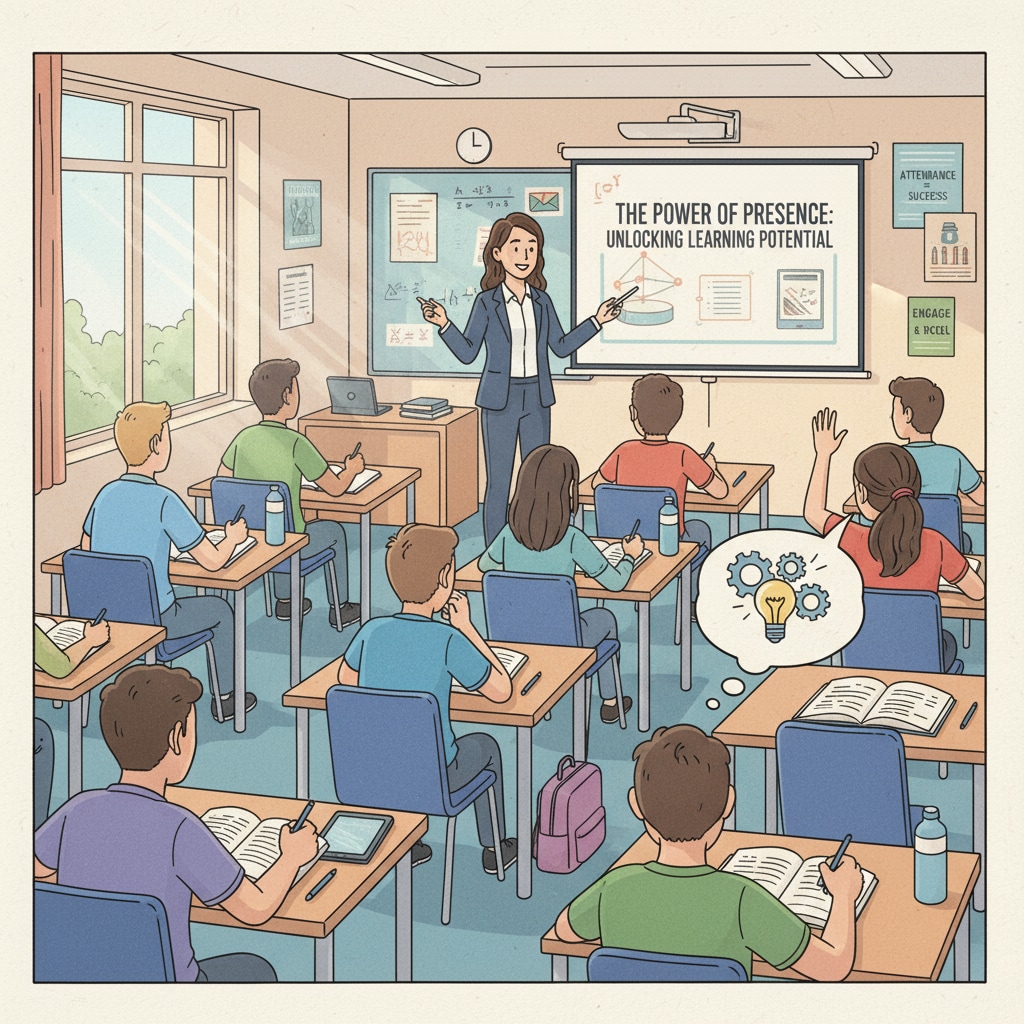In the realm of K12 education, the issues of lecture attendance, concentration, and learning efficiency are of utmost importance. Students often face the dilemma of whether to focus on attending every lecture or allocate more time to self-directed learning. This balance can significantly impact their academic performance and overall development.

For instance, a student might wonder if missing a few lectures to study independently will lead to better understanding and higher efficiency, or if regular attendance is the key to maintaining focus and absorbing knowledge.
The Value of Traditional Classroom Attendance
Attending lectures in a traditional classroom setting has numerous benefits. Firstly, it provides immediate access to expert knowledge. Teachers are well-versed in their subjects and can clarify complex concepts on the spot. According to TeachThought, in a classroom, students can engage in real-time discussions, ask questions, and receive instant feedback. This interaction helps in better understanding and retention of information. Secondly, the classroom environment promotes a sense of discipline and routine. Regular attendance encourages students to develop good study habits and time management skills.

The Drawbacks of Relying Solely on Classroom Attendance
However, relying solely on classroom attendance also has its limitations. Some students may find it difficult to maintain concentration throughout the entire lecture. The one-size-fits-all teaching approach in traditional classrooms might not cater to the individual learning paces of every student. As a result, some students may get left behind or become bored. Additionally, the passive nature of listening to a lecture for extended periods can reduce the effectiveness of learning. According to EducationCorner, students might not be able to fully engage with the material, leading to lower learning efficiency.
The Rise of Self-Directed Learning
In recent years, self-directed learning has gained significant traction. With the abundance of online resources, students can explore topics at their own pace and in their preferred learning style. Self-directed learning allows for greater flexibility and customization. Students can focus on areas where they need more practice or have a particular interest. For example, they can watch educational videos, read relevant articles, and participate in online forums. This form of learning can enhance concentration as students are more likely to be engaged when they have control over their learning process.
Strategies for Balancing Classroom Participation and Self-Directed Learning
To achieve the right balance, students can adopt several strategies. Firstly, they can attend lectures regularly to gain a solid foundation of knowledge. But during the lecture, they should actively engage, take notes, and ask questions to improve concentration. Secondly, allocate dedicated time for self-directed learning. Use this time to delve deeper into topics covered in class, fill in knowledge gaps, or explore related areas. Thirdly, create a study schedule that combines both classroom attendance and self-study. This will help in maintaining a consistent learning routine and maximizing learning efficiency.
Readability guidance: By following these strategies, students can find the ideal balance between lecture attendance and self-directed learning, thereby enhancing their concentration and overall learning efficiency. It’s essential to remember that there is no one-size-fits-all solution, and each student may need to adjust these strategies according to their individual needs and learning styles.


